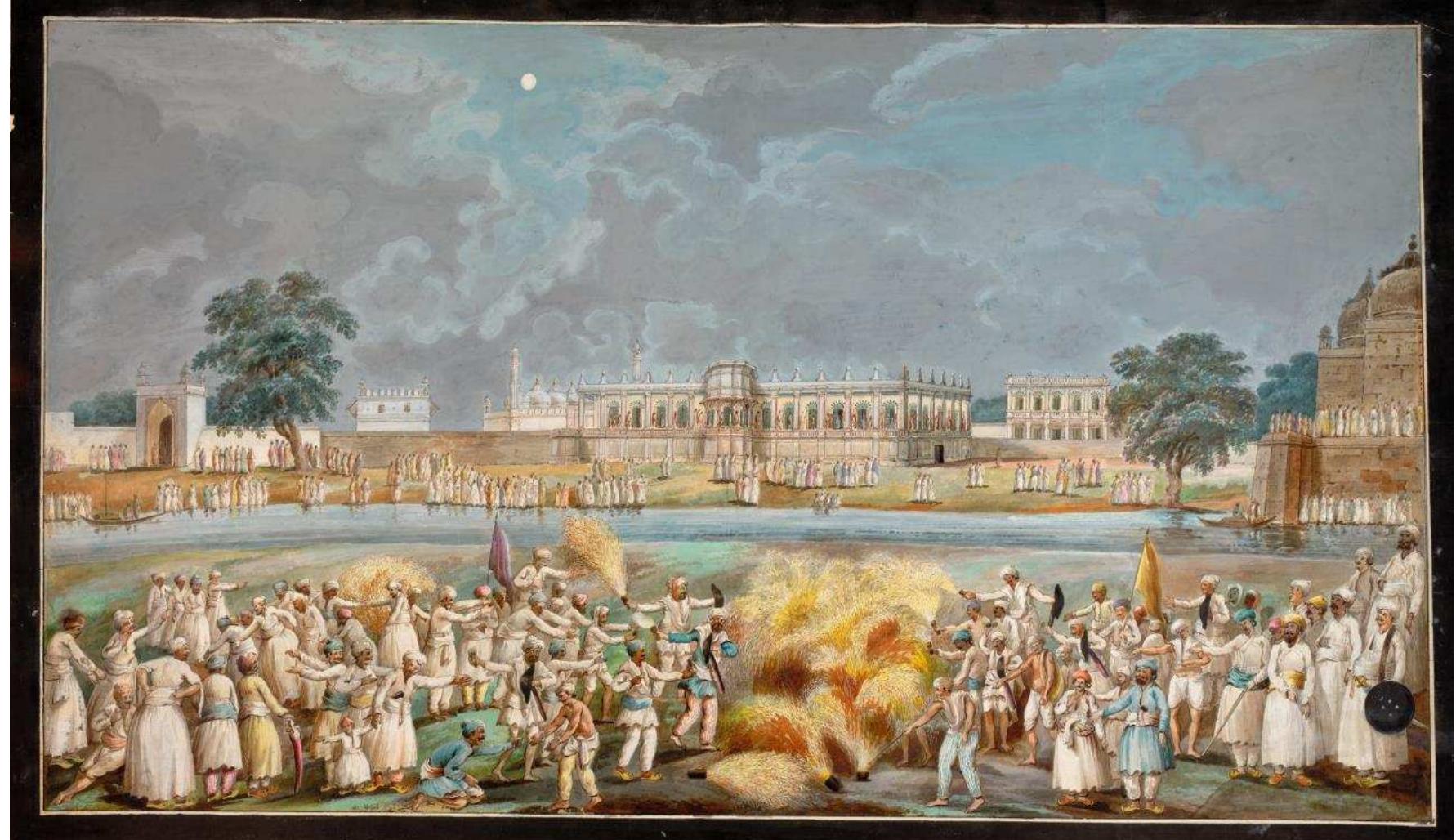
Menu

Bangalore, India’s tech capital, is also quietly emerging as a hub where art and technology converge. In this vibrant metropolis, innovation isn’t just reserved for startups—it’s redefining how art is created, viewed, and experienced.
Spaces like TIFA (Technology, Innovation, and Fine Arts) and events such as the Young Collectors Weekend are leading the charge. These platforms introduce digital installations, interactive exhibits, and NFT showcases, drawing in tech-savvy audiences who might not otherwise visit traditional galleries.
One standout initiative is BeFantastic, a Bengaluru-based tech-art platform that curates works exploring climate, data, and AI through creative expression. At their exhibitions, you might see a painting come alive with augmented reality or an AI-driven sculpture that responds to viewer interaction.
Art and design schools in the city, including Srishti Institute of Art, Design and Technology, are also encouraging students to experiment with coding, robotics, and digital media. The result is a new generation of artists who see technology not as a tool, but as a medium.
What makes Bangalore unique is its openness to collaboration. Coders work with painters, engineers team up with dancers, and architects partner with musicians. The result is a thriving ecosystem of interdisciplinary art that pushes the boundaries of form and function.
This tech-art fusion has also found its way into public installations, where sound-responsive lights, projection mapping, and motion sensors bring street corners to life. These experiences don’t just entertain—they provoke thought and challenge perceptions.
In Bangalore, technology doesn’t overshadow creativity; it amplifies it. This synergy is crafting a new visual language for India’s urban future—one where circuits and canvases coexist.



